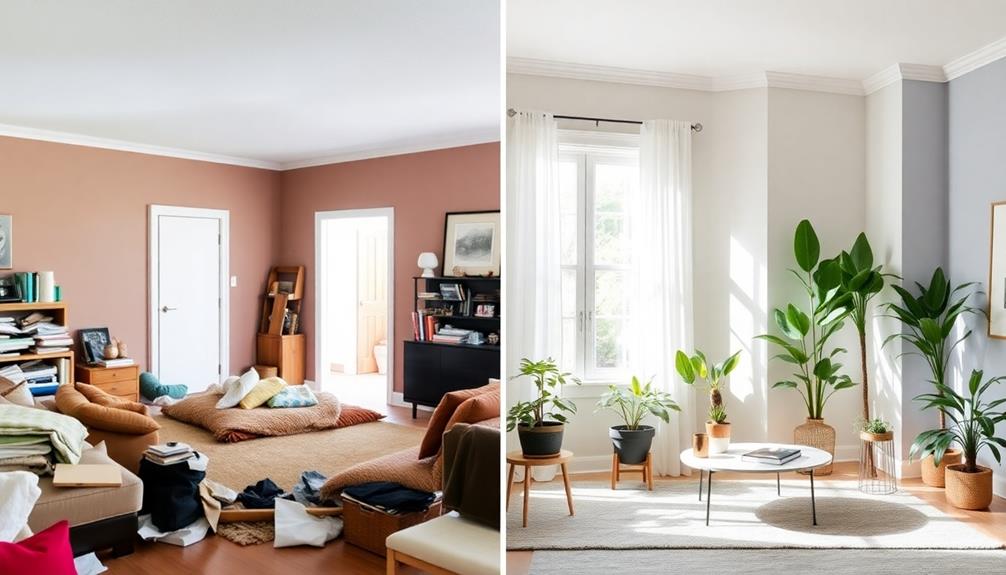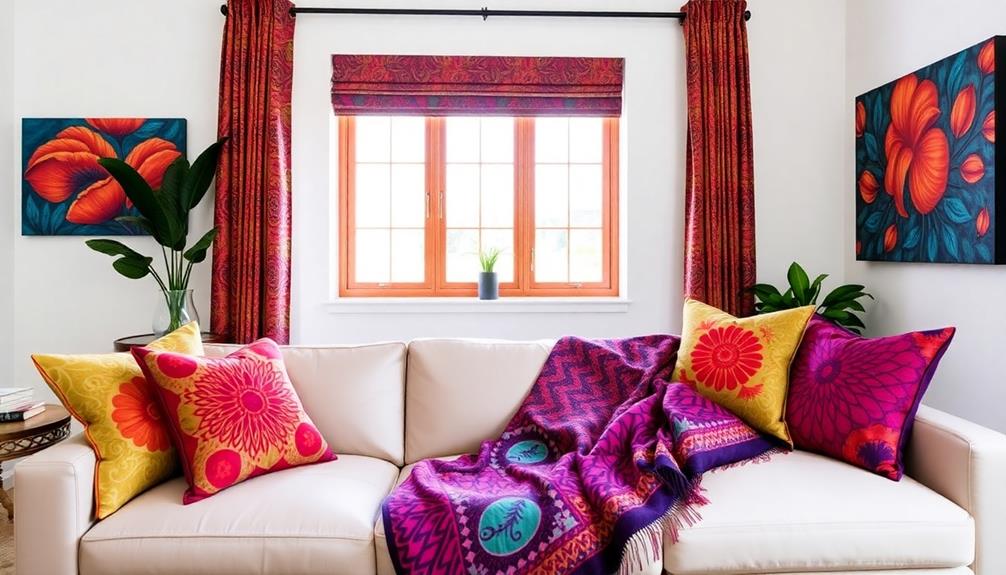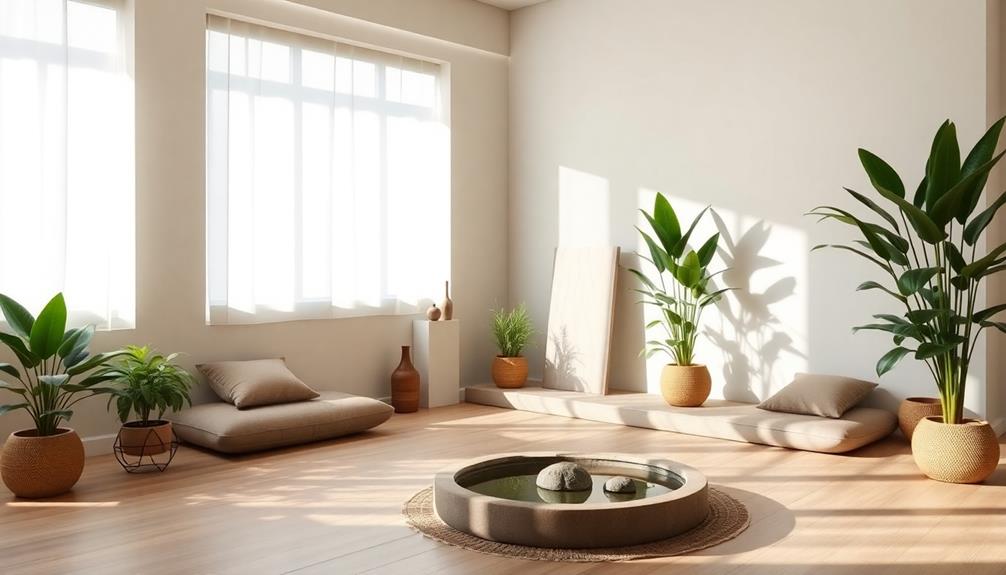To boost your Instagram engagement, reply promptly to comments. This shows followers you care and helps build your online presence. Personalize responses by using names and being friendly. Provide solutions and be helpful to show you value your followers. Encourage ongoing interaction by asking questions and seeking their thoughts. Deal with negative comments gracefully, professionally, and empathetically. Remember, engaging consistently enhances connections and visibility. An active and personalized approach can make a significant difference in boosting your engagement on Instagram!
Key Takeaways
- Respond promptly to comments to show followers their input is valued.
- Personalize responses by addressing commenters by name.
- Provide solutions and assistance to queries with valuable insights.
- Encourage ongoing engagement with open-ended questions and interactions.
- Handle negative comments gracefully with professionalism and empathy.
Promptness for Better Engagement
To enhance your Instagram engagement, prioritize responding promptly to comments to foster a strong connection with your audience. Promptness is key in the world of social media, where quick responses are essential for customer satisfaction and community building.
On Instagram, where 89% of social messages often remain unanswered, your swift replies can set you apart.
Users today expect responses within hours, with a significant 42% anticipating replies in under an hour. This highlights the importance of timely engagement. By providing quick responses, you not only satisfy your audience but also strengthen your online presence.
Consistent and speedy replies boost visibility, showing your commitment to building lasting connections with your followers.
Moreover, Instagram's algorithm favors active engagement, making it a strategic move to reply promptly. By doing so, you not only enhance your post visibility but also demonstrate your dedication to nurturing a thriving online community.
Personalization for Connection Building

Personalizing your responses on Instagram through addressing commenters by name is a proven strategy to boost engagement and foster strong connections with your audience. By using a friendly and conversational tone in your replies, you can make your followers feel valued and appreciated.
Tailoring your responses to individual comments not only showcases authenticity but also helps in building lasting relationships with your audience. When you take the time to personalize your replies, they stand out amidst generic interactions, ultimately enhancing your brand's online presence.
Engaging with your followers on a personal level through customized responses encourages ongoing interaction and fosters loyalty among your audience. Remember, the key to connection building on Instagram lies in the personal touch you add to your replies, showing your followers that you genuinely care about their thoughts and contributions.
Providing Solutions and Assistance

When responding to comments on Instagram, make sure you address queries thoroughly and offer helpful insights or solutions to demonstrate your commitment to customer satisfaction. By providing valuable assistance and a supportive approach, you can assist followers effectively and build a positive online community. It is essential to address questions thoughtfully to show your commitment to resolving issues and fostering lasting relationships with your audience.
| Demonstrate Commitment | Address Queries | Provide Valuable Assistance |
|---|---|---|
| Offer helpful insights | Respond thoughtfully | Guide to appropriate resources |
| Show commitment to customer satisfaction | Provide solutions | Build trust and credibility |
| Foster lasting relationships | Assist followers effectively | Create a positive online community |
Encouraging Ongoing Engagement

Boost your Instagram engagement by actively encouraging ongoing interaction with your followers through various interactive strategies. Respond promptly to comments on your Instagram to show your followers that their input is valued and to boost engagement.
Engage your followers by asking open-ended questions or inviting them to share their thoughts, fostering a sense of community and strengthening relationships. Utilize question prompts, contests, and collaborations to keep the conversation alive and drive more comments.
Consistent engagement with your followers not only enhances visibility but also strengthens connections and builds a loyal following on Instagram. By practicing customer service and effective Instagram Management, you can handle comments effectively and encourage ongoing engagement.
Remember to reply to an Instagram with a focus on boosting engagement and engaging followers to create a vibrant online community.
Graceful Handling of Negative Comments

To maintain a positive online presence on Instagram, it's necessary to respond gracefully to negative comments and address concerns with professionalism and empathy.
When faced with negative feedback or angry comments, it's important to approach the situation with a customer support mindset. Acknowledging the issues raised by unhappy customers and offering to resolve them privately can turn potentially damaging situations into opportunities for positive engagement.
Remember, how you handle negative comments can greatly impact your brand's reputation. Engaging in public arguments is a risky move that can escalate the situation further. Instead, demonstrating professionalism and empathy in responding to comments about issues with your products is key.
Frequently Asked Questions
Does Replying to Comments Boost the Algorithm?
Replying to comments on Instagram definitely boosts the algorithm! By engaging actively with your audience, you signal to the platform that your content is valuable, leading to increased visibility and stronger performance overall.
How to Respond to Positive Comments on Instagram?
When you receive positive comments on Instagram, show gratitude by thanking the commenter and personalizing your response. Add emojis or GIFs for personality and ask questions to encourage further interaction, fostering a sense of community.
Should You Reply to Every Comment on Instagram?
You should reply to every comment on Instagram. Building connections with your followers fosters loyalty, strengthens relationships, and boosts brand reputation. Consistent engagement improves visibility and algorithm favorability, essential for long-term success on the platform.
Do Comments Boost Instagram Posts?
Oh, absolutely! Comments are like little boosters for your Instagram posts. They tell the algorithm, "Hey, this content is worth checking out!" So, keep those comments flowing to give your posts a nice lift.
Conclusion
By responding promptly, personalizing your replies, providing solutions, and encouraging ongoing engagement, you can boost your Instagram engagement. Remember, every comment is an opportunity to connect with your audience and build a strong community.
And don't forget, even negative comments can be turned into positive interactions with grace and professionalism. Keep engaging, keep connecting, and watch your Instagram presence flourish like a blooming flower in spring.










